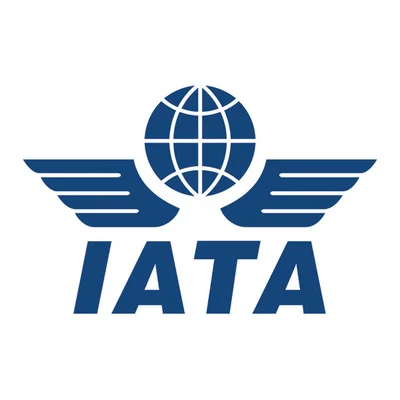My friend Burt and I were returning to the Bluegrass state in his plane, a moderately aged Beech twin that had been getting an avionics upgrade and a new interior. It had a new smell but not an entirely new airplane fragrance.
We spent the day with old airline friends at a beach restaurant, drinking non-alcoholic beverages and eating appetizers. This was followed by a three-hour nap in anticipation of flying home at night.
Why at night? I am glad you asked.
First, we wanted to meet our friends we rarely got to see. Second, being sleepy at night is similar to being drowsy during the day. I am always tired, so day or night doesn’t matter.
Burt was experienced in late-night flying. He had spent his airline career carrying packages around the globe, mostly at night. Before that, he flew packages around domestically exclusively at night. This guy had flown all-nighters so long that it disrupted his diurnal cycle decades ago.
I don’t know how many long nights I've spent in various cockpits of slow-piston and faster-turbine aircrafts. When I started with my airline as a new hire, our company was known for flying all night with deeply discounted tickets. “Owly Birds,” they were called.
It was because we were carrying U.S. mail anyway, and they thought they could make extra money by carrying people.
They were right. The planes were packed; despite burnt meals and bumpy skies on those long nights; we made money and paid our bills.
Flying through the night wasn’t that bad once you got into a rhythm of staying awake all night; your body adjusted similarly to working overnight shifts like my dad did at his factory job when I was growing up. As long as you could get decent sleep during the day; nights weren’t that bad.
Some pilots bid for all-nighters exclusively because pay increased slightly—a “night override”—for eschewing sunlight for cash. Older flight attendants also bid all-nighters so they could be home during daylight hours. Personally; I never chose late-night flights willingly; being junior meant it chose me instead.
My preferred time to fly was early morning until early afternoon despite its challenges such as waking up early because:
• The airplane was always there compared to later flights which often faced delays.
• Thunderstorms usually start by layover time allowing relaxation without interruptions.
• Restaurants/bars remained open unlike late-night arrivals where finding food/drink became difficult.
• Early hotel pickups ensured timely rides avoiding traffic en route airport.
• For commuters arriving early meant multiple backup flights home if needed.
My Baron ride reminded me why late-night flying has its advantages: smooth rides due absence convection after sunset; direct routing from ATC due minimal traffic plus reduced radio chatter on Center frequency since except us along FedEx/UPS nobody else flew then;
I recalled cozy nights munching burnt grilled cheese sandwich peering out cockpit windows admiring countless stars beyond earthly imagination;
At top descent both Burt & I sipped last thermos coffee shifting seats anticipating restroom visit ahead arrival clearances miles away approach lights beckoning till shutdown handshake rushing towards bathroom thereafter;
 Alerts Sign-up
Alerts Sign-up




































